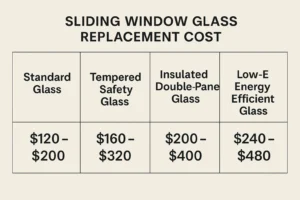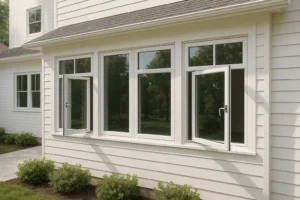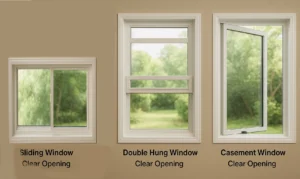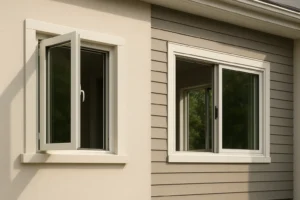Choosing the right casement windows isn’t just about the glass or the style—it’s also about the hardware that keeps them performing well for years. If you’re a window dealer, builder, or project buyer, understanding hinge placement can help you avoid installation issues and callbacks. Let’s explore where casement window hinges go,Refer to the replacement guide and installation techniques. why it matters, and what type fits your projects best.
What Makes Hinges So Important in Casement Windows
Unlike sliding or double-hung windows, a casement window opens on a side hinge, swinging outward or inward like a door. This makes hinges the central component in defining how smooth, secure, and long-lasting your installation will be.
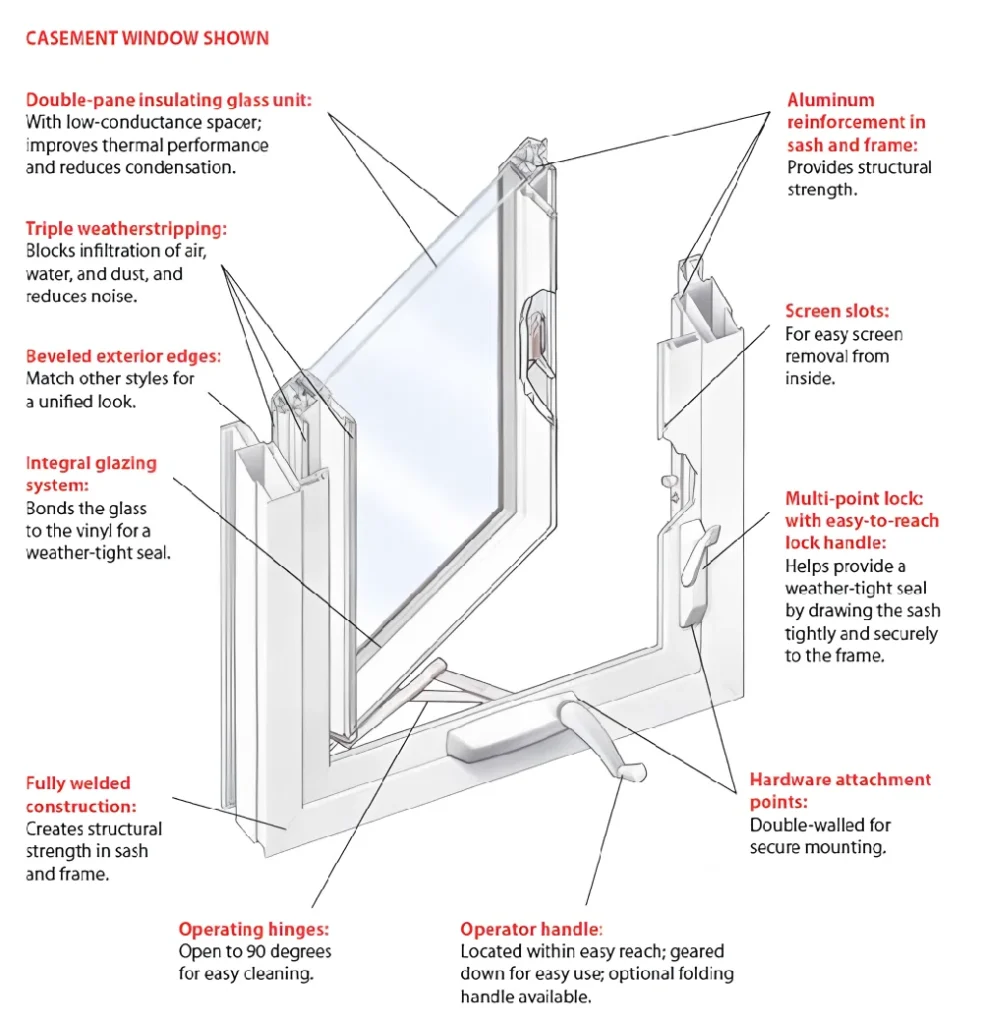
Standard Hinge Placement: Where and Why
In most outward-opening casement windows, hinges are installed on the left or right vertical side of the sash, a few inches from the top and bottom. This helps distribute the weight and ensures years of effortless operation.
Larger or heavier units may need a third hinge in the middle to prevent sagging or warping over time.
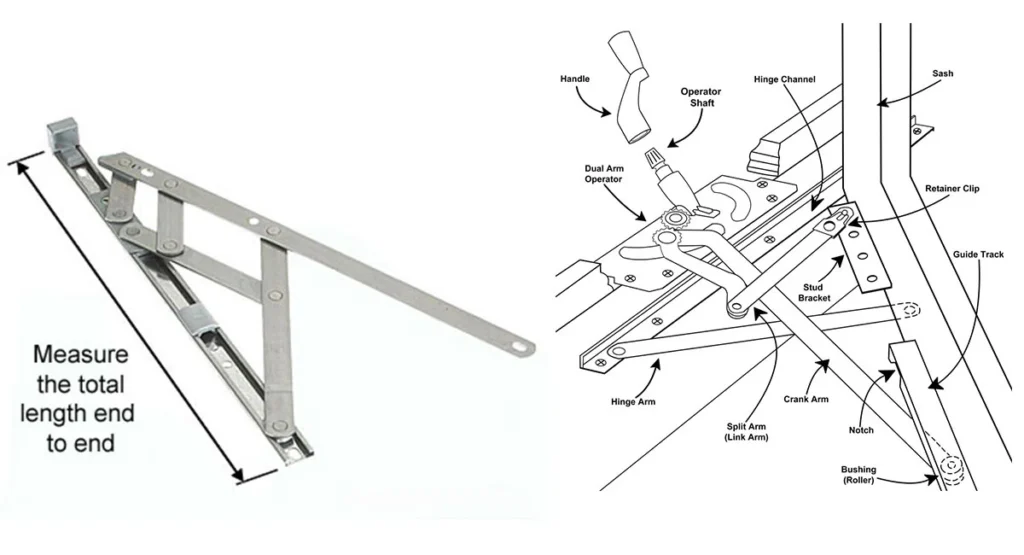
Choosing the Right Type of Hinge for Your Project
Different frame materials and usage needs require different hinge types. Here are the most common options:
- Butt Hinges – Classic and reliable, ideal for standard window designs.
- Friction Hinges – Hold the sash open at any angle, great for high-rise or hard-to-reach windows.
- Concealed Hinges – Hidden from view when closed, offering sleek modern aesthetics.
- Egress Hinges – Open wide to 90° or more, essential for emergency escape routes.
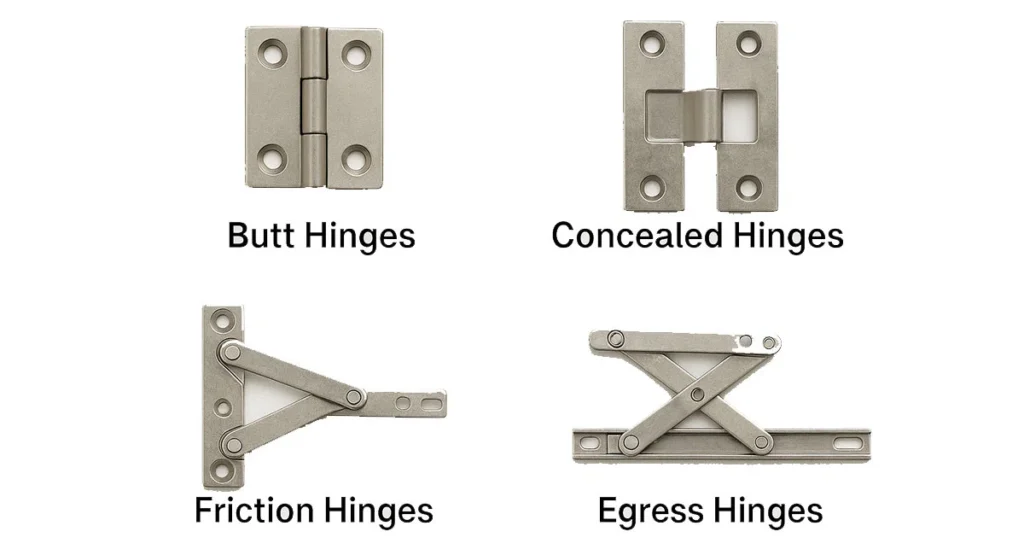
Inward-Opening Casement Windows: A Special Case
In tight urban spaces or buildings with external shutters, inward-opening casement window designs are used. Hinges are mounted on the inside frame and often recessed for clearance.
The hinge position still follows the top-and-bottom principle for stability.
Common Installation Mistakes to Avoid
Poor hinge alignment or spacing can lead to serious issues over time:
- Difficulty opening or closing the window
- Window sagging or frame distortion
- Loose screws and worn-out hinges
- Drafts or poor energy efficiency
- Increased service calls from clients
Best Practices: Get the Hinges Right
Here are professional tips that window technicians follow to ensure long-lasting, problem-free operation:
- Use a level to check sash alignment before marking hinge positions.
- Pre-drill pilot holes to avoid frame cracking.
- Apply rust-preventive grease in coastal or humid areas.
- Tighten all screws during annual maintenance checks.
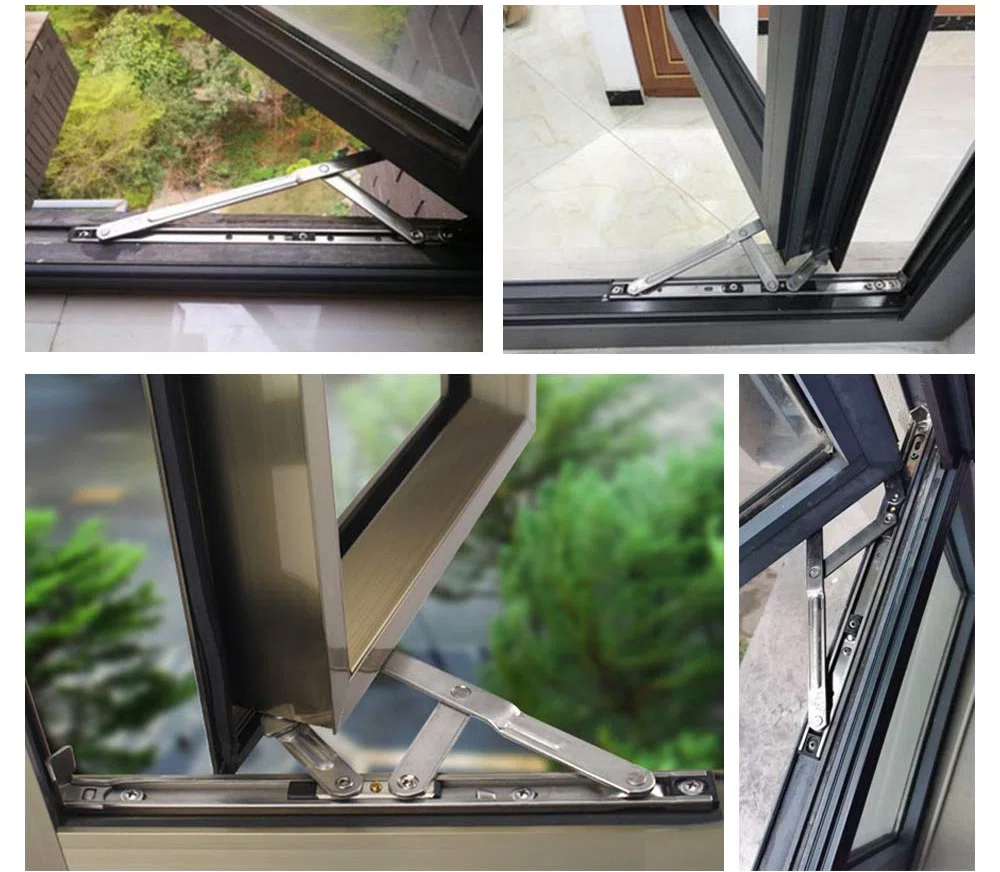
Conclusion: Hardware Matters More Than You Think
A high-quality casement window isn’t complete without well-chosen and properly placed hinges. For trade buyers, investing attention into hinge choices and installation pays off with fewer callbacks and happier clients.
Q&A Section
Q:Where should hinges be placed on a casement window?
A:Near the top and bottom of the sash edge, on either the left or right side—depending on the opening direction.
Q:How many hinges are needed for a large or heavy window?
A:Three hinges are recommended for any unit over 1.5m in height or width.
Q:Can friction hinges be used with aluminum frames?
A:Yes, as long as the hinge is rated for the window’s weight and properly installed.
For more questions and answers about casement windows, please visit our FAQ page.https://supwindow.com/casement-window-frequently-asked-questions/

